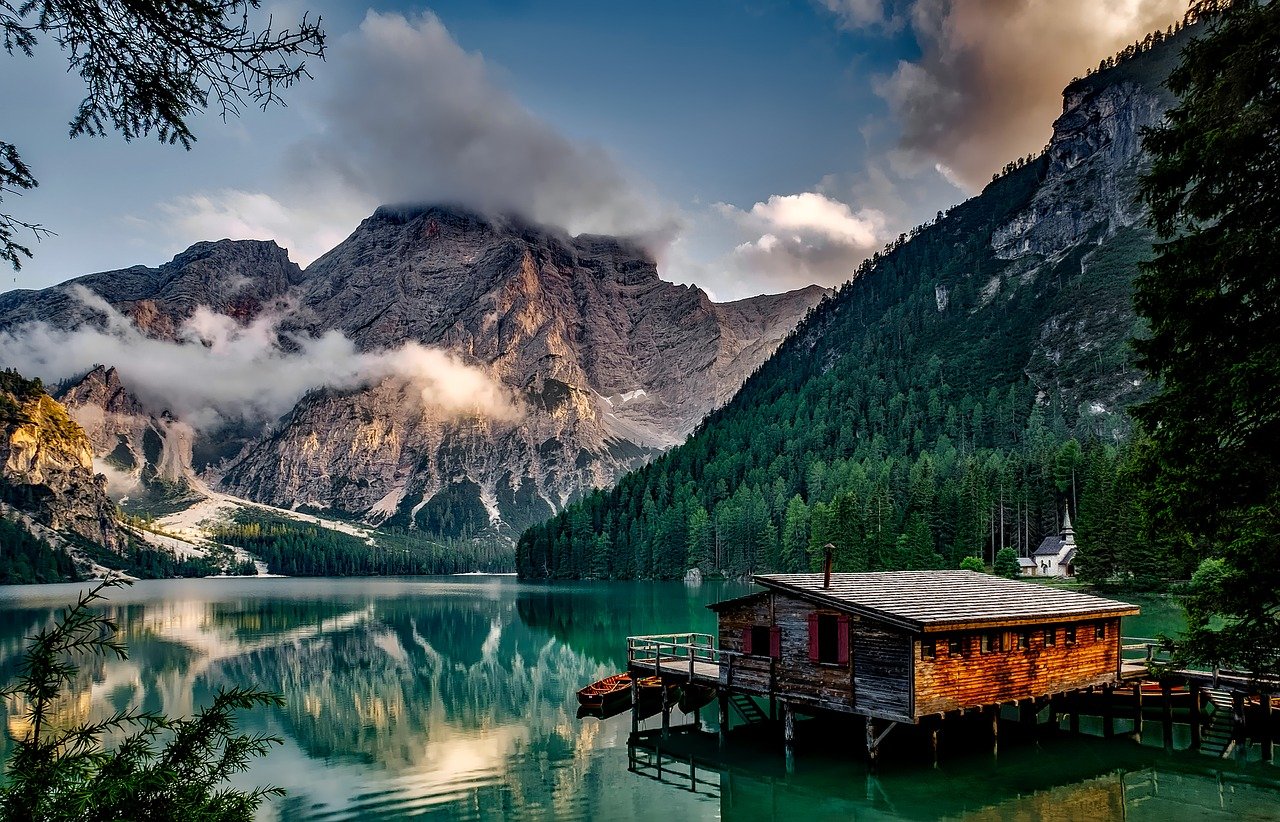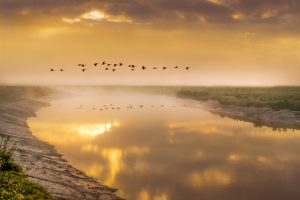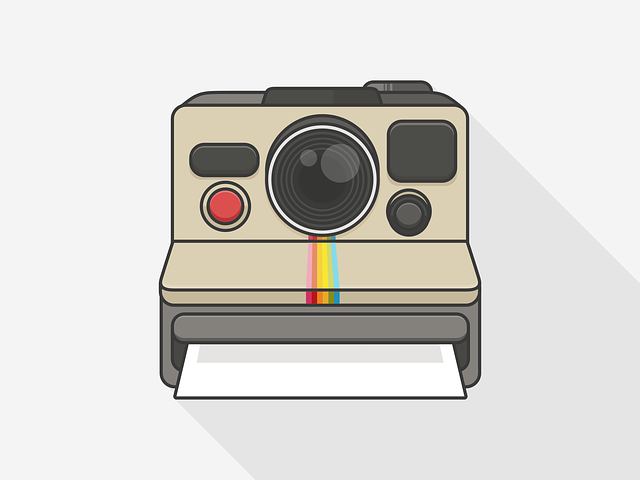Lighting Techniques Every Professional Photographer Should Master
The use of natural light takes technique and planning. Determine the golden hour in your area and plan studios around the same time. This is a soft, warm light that produces flattery skin tones and soft shadows. By spending money on curtains or scrims that can be adjusted, you also have options of controlling intensity and direction so that you can adjust to subjects and moods.

Use of Artificial Lighting without Authenticity Loss
Artificial lighting is predictable and stable. These are important to professional photographers who are on a tight schedule. Begin by using base lights like softboxes or LED panels, which produce soft diffused light.
These applications assist in the simulation of daylight, in addition to being able to control brightness and color balance completely. Light up important areas and fill lights to mold the features of your subject in a complementary manner. Separate the subject and the background with back or hair light, and give each portrait more depth.
With product-style shots, e.g., the newborn props or maternity accessories, you can look into a portable lighting setup that enables you to re-create the effect of your studio at the homes of clients.
Measuring Your Lighting ROI
In order to make investments in lighting equipment a worthwhile endeavor, apply a data-driven approach. Monitor the measures such as time saved in retouching, frequency of revisit by clients, and rate of referrals before and after making improvements in your lighting system. Check the impact of the visual consistency of your portfolio on lead generation: the more refined the images, the higher the response rate of your site inquiries.
With the quantification of the benefits, you can make good decisions about acquiring or improving gear. In the long run, this helps you increase in size without damaging your aesthetic.
Conclusion
Lighting is not just a tool of art. It is a marketing tool for your photography company. Natural and artificial lighting is not only going to uplift your work when used intentionally, but also to boost your bottom line. We advise photographers to invest in both lighting education and lighting gadgets as a long-term business plan. Control the market by controlling the light.


 Don’t be surprised to chance upon or meet a photographer who’s into buying mirrors in different shapes and sizes, as he or she wants to master his or her skills in Reflection Photography.
Don’t be surprised to chance upon or meet a photographer who’s into buying mirrors in different shapes and sizes, as he or she wants to master his or her skills in Reflection Photography. Reflection photography at higher levels can even capture the most captivating scenery reflected on bodies of water as large as the ocean or even as small as a dew drop.
Reflection photography at higher levels can even capture the most captivating scenery reflected on bodies of water as large as the ocean or even as small as a dew drop. A surface is considered smooth if it has no
A surface is considered smooth if it has no